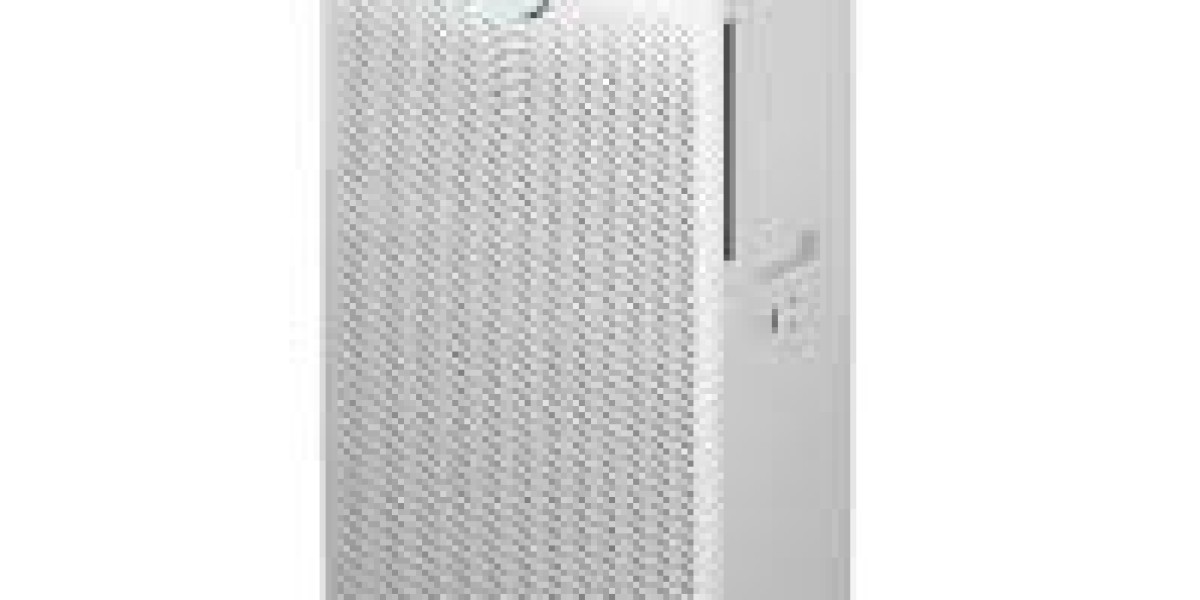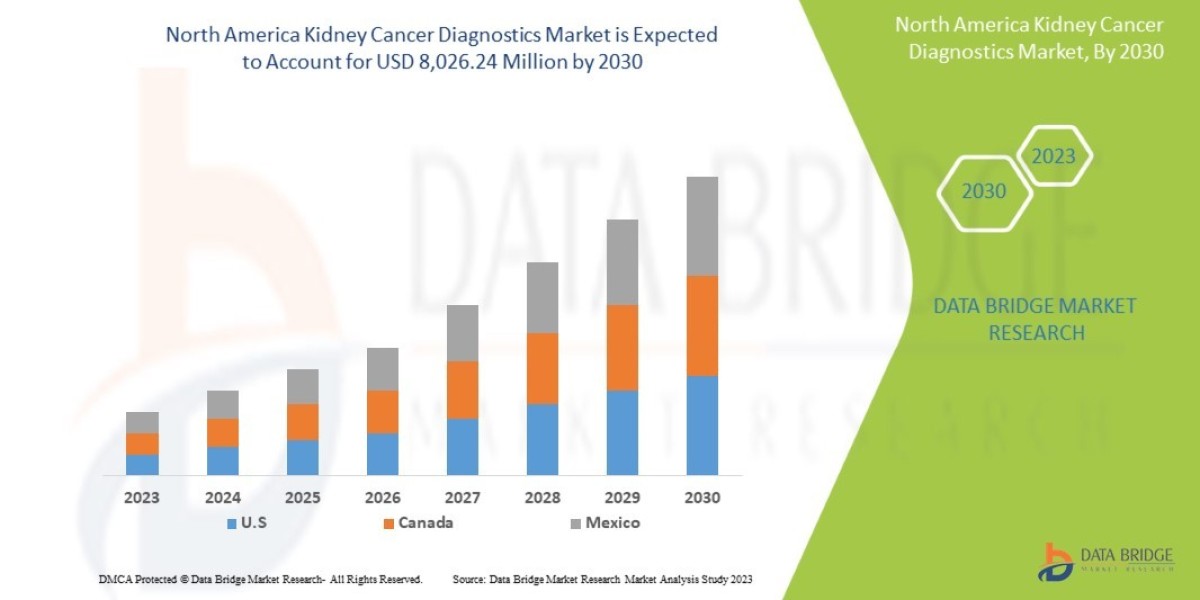The concept of digital twins is revolutionizing the landscape of healthcare technology. Originally developed in industries such as aerospace and automotive, digital twins have now emerged as pivotal tools in the realm of healthcare, representing a significant advancement in digital healthcare solutions. These virtual models, exact replicas of physical entities – ranging from organs to entire healthcare systems – are providing groundbreaking insights into patient care and facility management. In this article, we delve into the transformative role of digital twins in healthcare and how they are redefining efficiency, accuracy, and patient outcomes for businesses in this sector.
Understanding Digital Twins in Healthcare
A digital twin in healthcare is a dynamic, virtual representation of a physical object or system. It can model anything from a single organ to a patient's entire body or even a whole healthcare facility. By harnessing data from various sources, including sensors and real-time monitoring, these models offer a detailed, real-time view of their physical counterparts. This allows healthcare professionals to simulate, predict, and understand how a patient or system behaves, leading to more informed decision-making.
Benefits of Digital Twins in Medical Practices
The use of digital twins in healthcare brings numerous benefits. They enhance the precision of patient care, allowing for more personalized treatment plans based on accurate simulations of a patient's health condition. For instance, in cardiac care, a digital twin of a patient's heart can be used to predict how it will respond to different treatments, reducing the risks associated with trial-and-error methods.
Furthermore, digital twins contribute significantly to predictive analytics. They can anticipate health issues before they become critical, enabling preventative measures. In personalized medicine, they help in tailoring treatments to individual genetic profiles, leading to better patient outcomes.
Operational Efficiency and Cost Reduction
Digital twins also offer operational benefits for healthcare facilities. They can model hospital workflows and patient pathways, identifying bottlenecks and optimizing resource allocation. This leads to increased efficiency and reduced operational costs. Additionally, by simulating various scenarios, healthcare facilities can plan better for emergencies and improve patient flow and care delivery.
In the long term, the use of digital twins can lead to significant cost reductions. By improving the accuracy of diagnoses and the effectiveness of treatments, they can decrease the need for expensive procedures and extended hospital stays.
Challenges and Considerations
However, implementing digital twins in healthcare comes with its set of challenges. Data security and patient privacy are paramount concerns, given the sensitive nature of health data used to create these models. Ensuring robust cybersecurity measures is essential.
Additionally, the creation and maintenance of digital twins require advanced IT infrastructure and a workforce skilled in data science and analytics. The initial investment in technology and training can be substantial, and healthcare businesses must be prepared for this.
Case Studies and Real-world Applications
Real-world applications of digital twins in healthcare are already demonstrating their value. For example, a hospital in the United States has used digital twins to optimize its emergency department's operations, significantly reducing wait times and improving patient throughput. Another case is a research project where digital twins are used to study the progression of diseases like Alzheimer's, offering new insights into potential treatments.
Conclusion
Digital twins are heralding a new era of innovation in digital healthcare. For businesses in this sector, embracing this technology is not just about staying ahead in a competitive market; it's about fundamentally transforming the way healthcare is delivered. As we continue to advance in our understanding and application of digital twins, their potential to improve patient care and operational efficiency is boundless.








